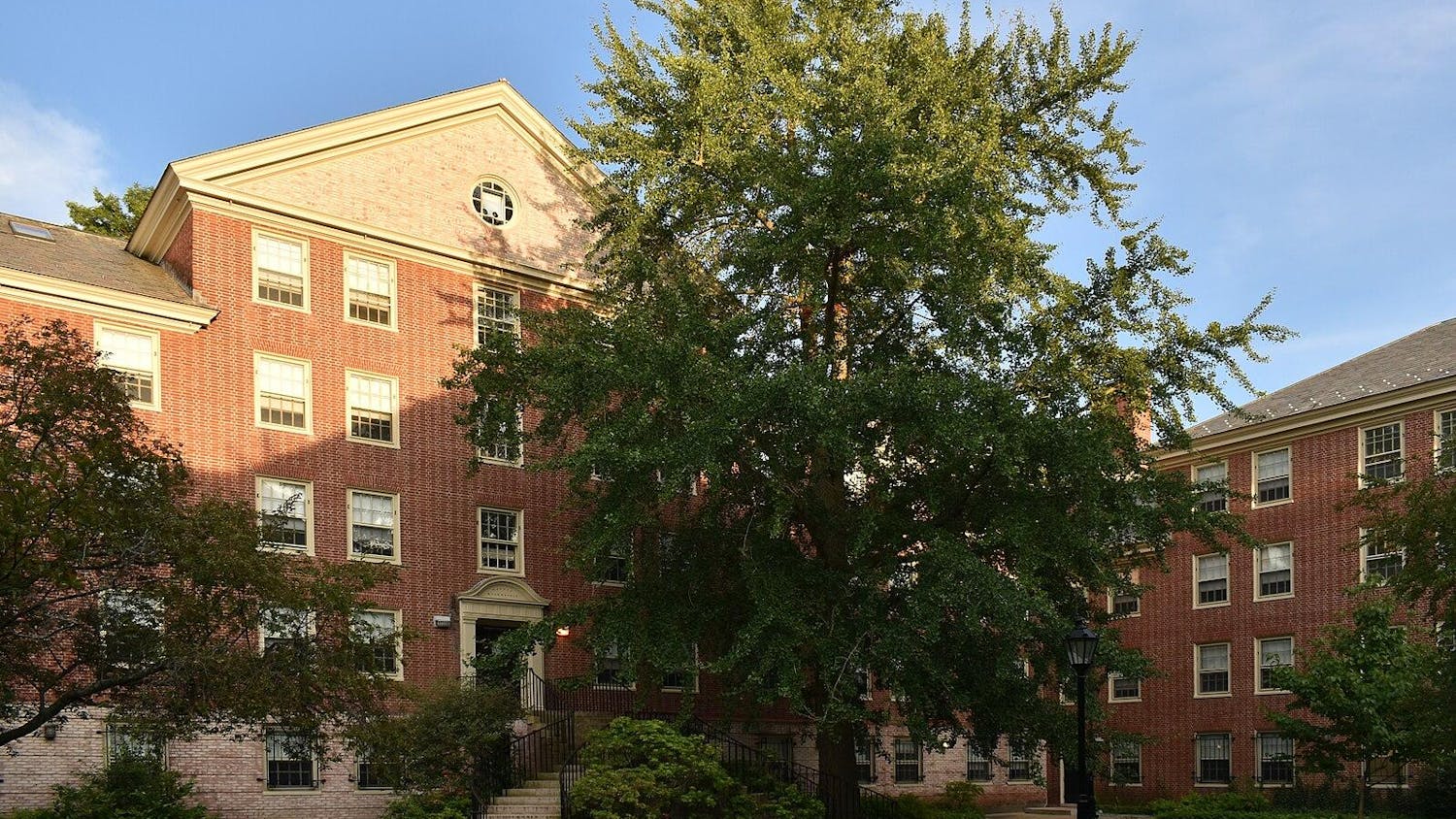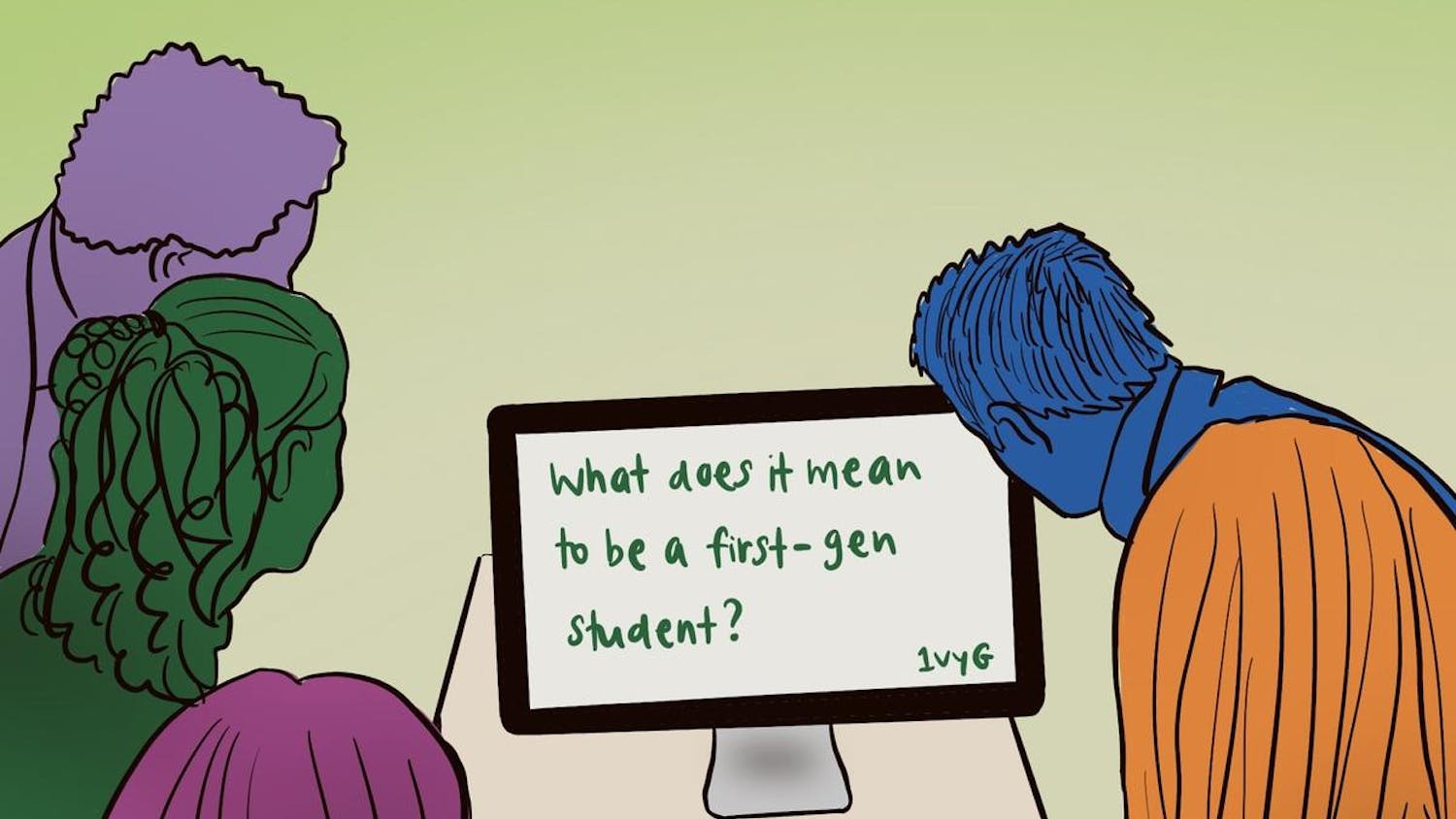After five years of exponential growth, the Brown-India Initiative is looking to expand its scope to include all of South Asia and become a formal research center, said Ashutosh Varshney, director of the Brown-India Initiative and professor of political science and international and public affairs.
“A center has a permanence about it. Initiatives are temporary and experimental,” Varshney said. “Once we become a center, we can widen further.”
Provost Richard Locke P’17 solicited a proposal for the initiative to become a center when he served as director of the Watson Institute for International and Public Affairs, where the initiative currently resides, Varshney said. If approved, the new center will be “a Watson center, governed by Watson’s framework and larger priorities,” he added.
Looking to the future, Varshney hopes the center proposal will be approved later this semester so that a large conference to celebrate can be planned this fall.
“Everyone wholeheartedly supports” the initiative’s development into a center, said Rajeev Kadambi GS.
The initiative grew out of Brown’s Year of India in the 2009-2010 academic year and formally launched two years later. Since then, its position within the Watson Institute has catalyzed its growth.
The Watson Institute has “given (the initiative) a larger institutional environment to grow and develop synergies” with other regional studies centers such as the China Initiative and Center for Latin American and Caribbean Studies, said Patrick Heller, member of the initiative’s steering committee and professor of sociology and international studies.
Varshney attributed the initiative’s progress to both India and South Asia’s rising geopolitical importance and the “desire of higher education to respond to changing realities.” Former President Ruth Simmons’ belief in international studies as a key facet of modern education has also spurred growth, Varshney said.
Several sources said the initiative’s growth owes much to Varshney’s leadership.
“He brings this indefatigable energy and is always trying to invite various people who are making the new noises,” Kadambi said.
The “democratic way (the initiative) is run” is critical to its success, said Bhrigupati Singh, member of the steering committee and assistant professor of anthropology.
“Even if you’re a junior faculty member, your view counts as much as a senior faculty member’s,” he said.
The initiative has also developed partnerships with many institutions in India, such as the Janaagraha Centre for Citizenship and Democracy, Kadambi said.
Singh underscored the reciprocal nature of these partnerships, noting that successful partnerships take the form of “a living relationship, not just a name and signature and handshake.”
The initiative has also broadened its disciplinary focus, expanding beyond the social sciences and into the humanities, Singh said.
The addition of faculty members such as Professor of Humanities and English Leela Gandhi has imbued the initiative with a more artistic side, leading to more events such as film screenings, art shows and exhibits, Varshney said.
This interdisciplinary mix of humanities and social science specialists is one of the initiative’s distinctive characteristics, Singh said. “What makes (the initiative) different from other South Asia- or India-related centers is synergies between humanities and social sciences.”
In addition, three new faculty hires within the past year have infused the initiative with fresh energy, Kadambi said.
As the initiative’s renown in the American academic community has grown, it has also caught the attention of scholars and leaders abroad.
The initiative has “been active in hosting some of the interesting voices of contemporary India,” Singh said. Recent notable visitors have included Nirupama Rao, former Indian ambassador to the United States, William Dalrymple, a leading historian and public intellectual and Jairam Ramesh, Cabinet Minister in Delhi.
“Coming from India, I get the kind of access at Brown to these speakers that I wouldn’t get anywhere else, even in India,” Kadambi said.
Heller hopes the initiative will continue to attract more faculty members, graduate students and postdoctoral fellows.
“We’ve gone from no presence to being one of the most visible centers that focuses on India in the United States,” Heller said.
“We were given a five-year life, and we are looking forward to our next incarnation,” Varshney said.




